Buy the photo Hoverfly or wasp? by Henk Egbertzen on canvas, ArtFrame, poster and wallpaper, printed on demand in high quality.
About "Hoverfly or wasp?"
by Henk Egbertzen
About the artwork
Hoverflies come in all shapes and sizes. Most are inconspicuous and stay under two centimetres in length, such as the small gits that look somewhat like gunflies and can often be found on dandelions or daisies.
A number of conspicuous hoverflies, such as bee flies and fop wasps, mimic hymenoptera such as wasps, bees, or bumblebees, by their strikingly bright colours, corresponding colour patterns or body hair on thorax and abdomen. Hoverflies resembling bumblebees have a hairy abdomen, species resembling wasps usually do not. Resembling other, more dangerous animals in colour, shape and/or sound is called mimicry and occurs in very many animal groups.
The important differences are;
wings; hoverflies have two, hymenoptera four.
build; a hoverfly often has no waist, hymenoptera often does.
antennae; the antennae are three-part in hoverflies and immobile, hymenoptera have movable antennae with more than three members.
eyes; fly eyes are almost round and fill a large part of the head, eyes of hymenoptera are elongated (they appear to look mischievous) and fill in less of a large part of the head.
flight; compared to the much heavier bumblebees, bees and wasps, hoverflies are very agile and have the ability to hover perfectly still, to 'hover'; hence their name.

About Henk Egbertzen
Hello, my name is Henk Egbertzen.
My profession is image processing, photo restoration and retouching but also allround photographer at Foto Roos Nijmegen.
I have been working for Foto Roos for many years now.
One of my jobs is photography and photoshop.
I have been photographing for as long as I can..
Read more…
 Germany
Germany Ordered in April 2019
Ordered in April 2019
 Germany
Germany Ordered in October 2019
Ordered in October 2019
 Netherlands
Netherlands Ordered in November 2021
Ordered in November 2021
 Netherlands
Netherlands Ordered in June 2018
Ordered in June 2018
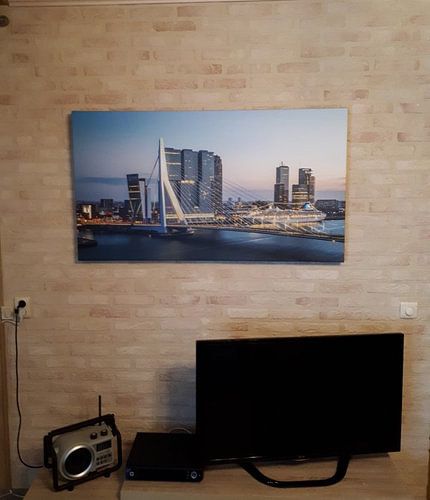
 Germany
Germany Ordered in December 2019
Ordered in December 2019
 Germany
Germany Ordered in December 2019
Ordered in December 2019
 Netherlands
Netherlands Ordered in August 2021
Ordered in August 2021
 Netherlands
Netherlands Ordered in October 2021
Ordered in October 2021
 Netherlands
Netherlands Ordered in August 2018
Ordered in August 2018

 Netherlands
Netherlands Ordered in August 2024
Ordered in August 2024
 Netherlands
Netherlands Ordered in August 2019
Ordered in August 2019
 Germany
Germany Ordered in May 2021
Ordered in May 2021
About the material
ArtFrame™
Interchangeable Art Prints
- High-quality print
- Easily interchangeable
- Acoustic function
- Large sizes available
Discover the artworks of Henk Egbertzen
 SpiralHenk Egbertzen
SpiralHenk Egbertzen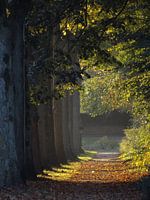 The Goffert in Nijmegen.Henk Egbertzen
The Goffert in Nijmegen.Henk Egbertzen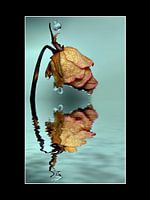 "what once was"Henk Egbertzen
"what once was"Henk Egbertzen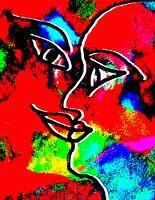 In loveHenk Egbertzen
In loveHenk Egbertzen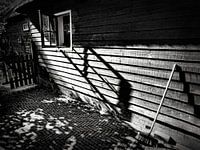 Lonely broomHenk Egbertzen
Lonely broomHenk Egbertzen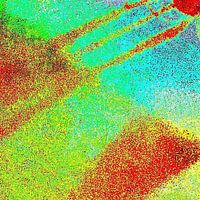 Art made in Photoshop ( square 30x30 cm )Henk Egbertzen
Art made in Photoshop ( square 30x30 cm )Henk Egbertzen Tree of life and Circle of lifeHenk Egbertzen
Tree of life and Circle of lifeHenk Egbertzen Nijmegen (Central Station)Henk Egbertzen
Nijmegen (Central Station)Henk Egbertzen Cross (Christian Art)Henk Egbertzen
Cross (Christian Art)Henk Egbertzen Flower wreath blooms in oblivionHenk Egbertzen
Flower wreath blooms in oblivionHenk Egbertzen Duelling birdsHenk Egbertzen
Duelling birdsHenk Egbertzen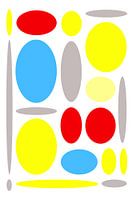 Piet Mondrian InspirationHenk Egbertzen
Piet Mondrian InspirationHenk Egbertzen Piet Mondrian InspirationHenk Egbertzen
Piet Mondrian InspirationHenk Egbertzen Piet Mondrian InspirationHenk Egbertzen
Piet Mondrian InspirationHenk Egbertzen Piet Mondrian InspirationHenk Egbertzen
Piet Mondrian InspirationHenk Egbertzen Piet Mondrian InspirationHenk Egbertzen
Piet Mondrian InspirationHenk Egbertzen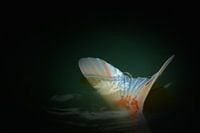 MermaidHenk Egbertzen
MermaidHenk Egbertzen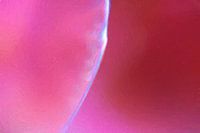 Together as a wholeHenk Egbertzen
Together as a wholeHenk Egbertzen Piet Mondrian InspirationHenk Egbertzen
Piet Mondrian InspirationHenk Egbertzen Together on the roadHenk Egbertzen
Together on the roadHenk Egbertzen













 Cutting flower
Cutting flower Gentle Whispers
Gentle Whispers Insect
Insect Macrophotography
Macrophotography Nature photography
Nature photography Photo wallpaper
Photo wallpaper Photography
Photography Serene Peace
Serene Peace









